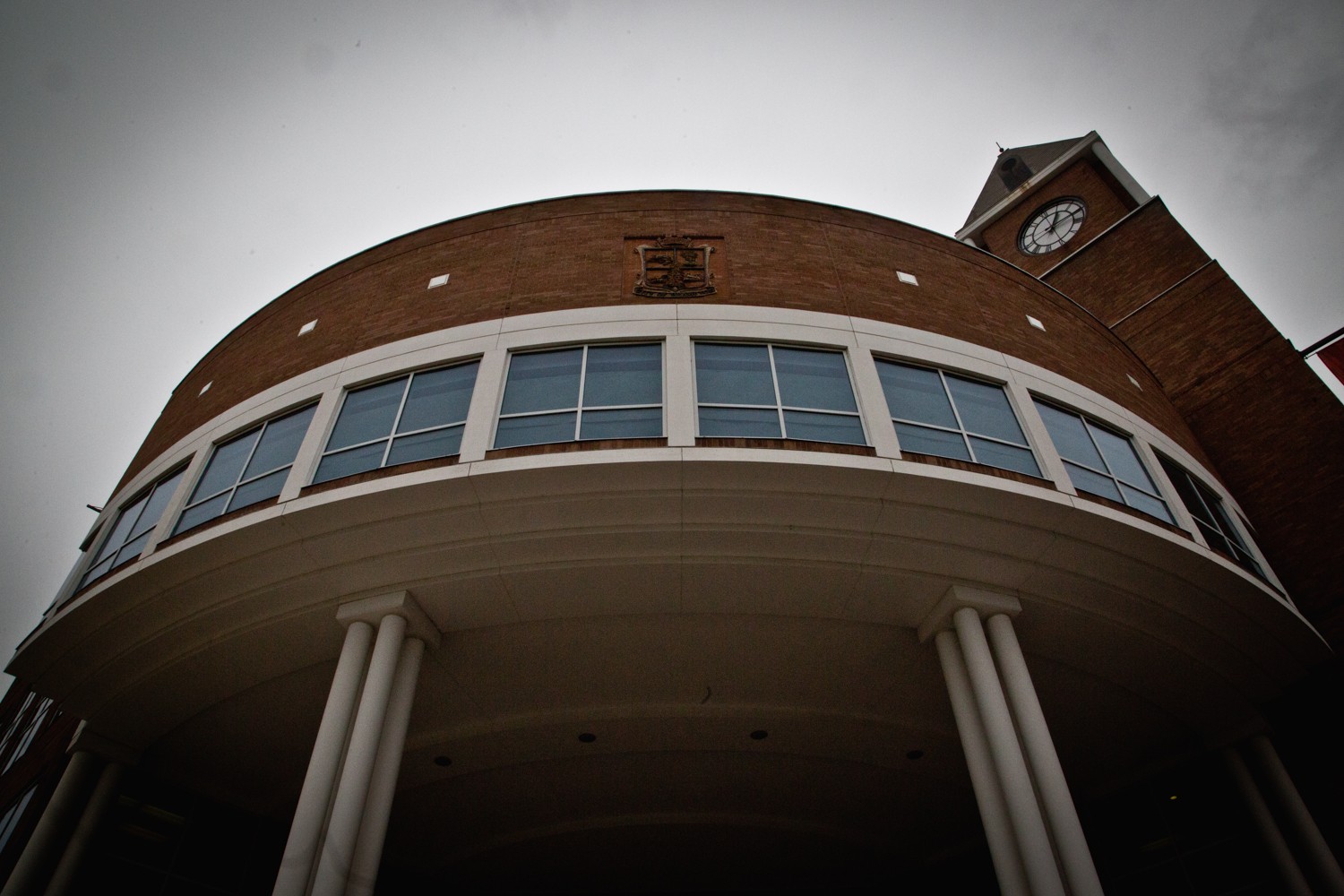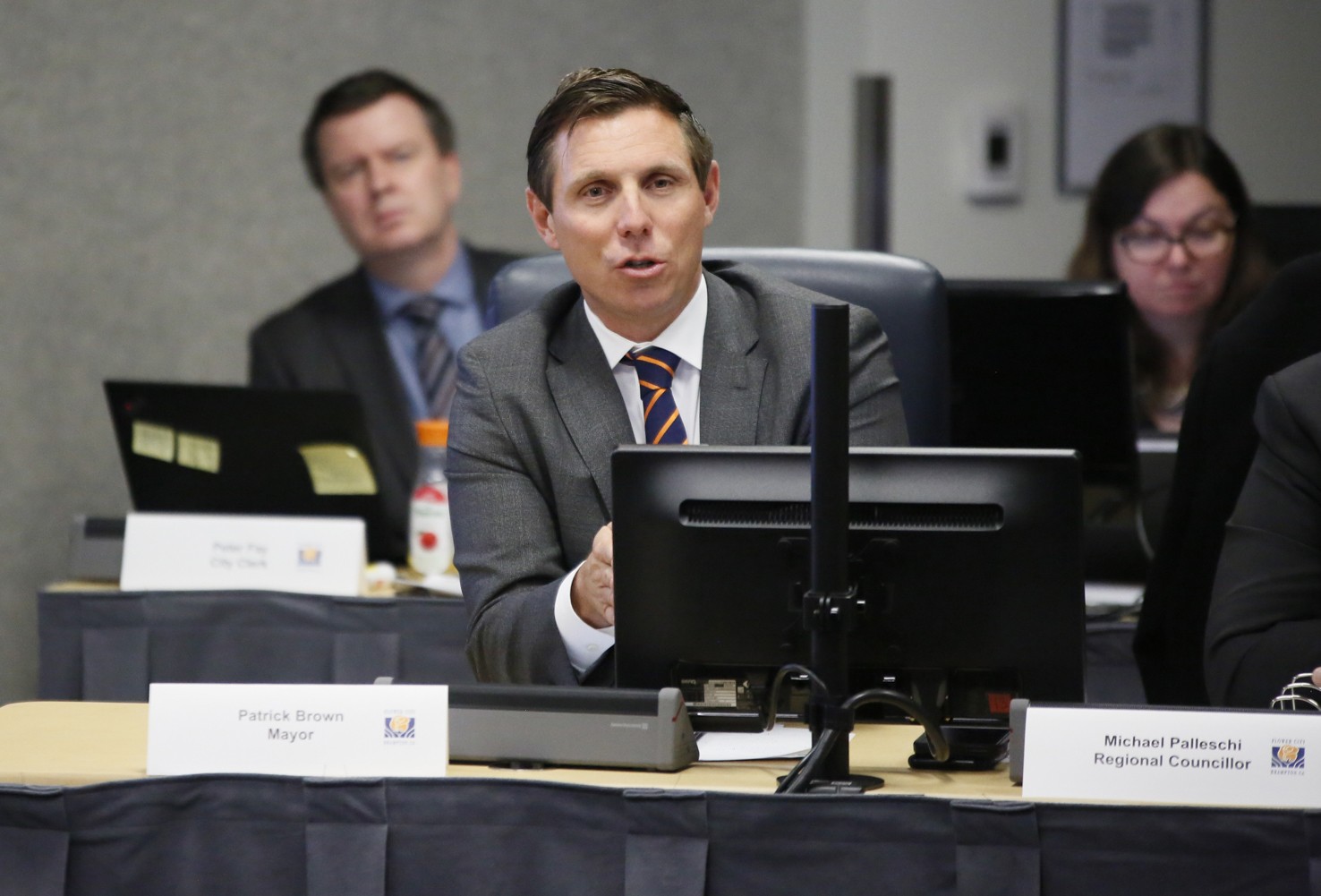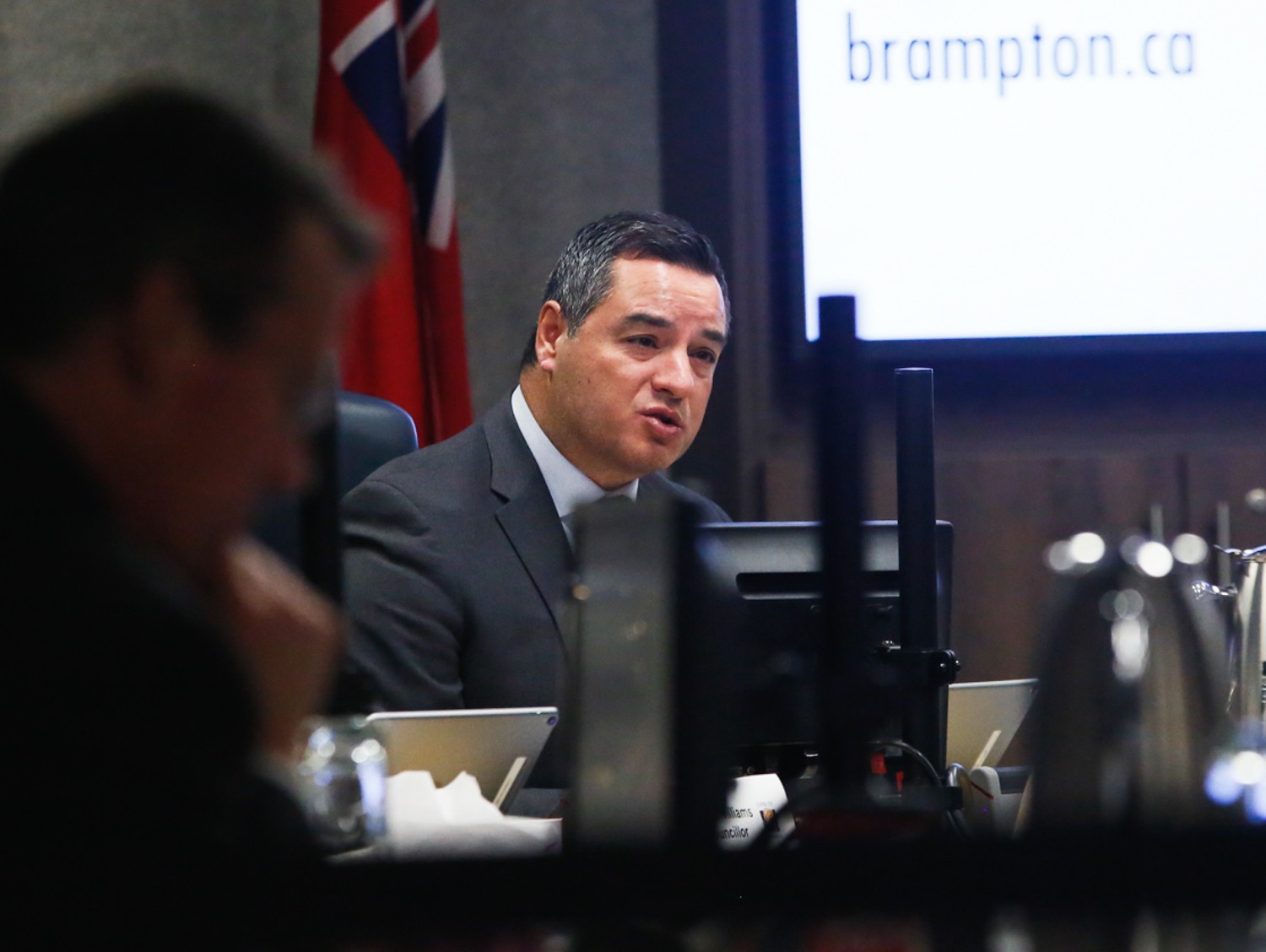
Can Brampton find new revenue tools to ease the tax burden?
With budget deliberations in sight, the public is left looking nervously at their wallets and wondering how much lighter they may get. City and regional taxes have long been the bane of the the average resident in Brampton and relief cannot come soon enough.
Property taxes make up roughly 70 percent of the city’s revenues, which means the municipality would be forced to recover from any financial shortfalls by placing the burden on the backs of already stretched homeowners. The possibility of a city tax increase (the Region of Peel already approved a 2.7 percent increase on its portion of the property bill), which Mayor Patrick Brown is trying to avoid, is made worse when added to sharp hikes in recent years that have made Brampton the highest taxed municipality in the region and one of the highest in the GTA.
The city predicts that property taxes will net the treasury about $494 million in revenue in 2019 while user fees, the second largest chunk of earnings at 25 percent, will draw $180 million.
The city’s residents have to shell out 1.04 percent of their property’s assessed value, which includes city, regional and education portions of the tax bill. Mississauga and Caledon’s rates, by comparison, are about 0.82 to 0.84 percent respectively.
Not all cities need to rely so heavily on their residential taxpayers. The City of Toronto has the luxury of a diversified portfolio of revenue sources in its toolbox and that is a big reason why Canada’s largest city enjoys a significantly lower rate than the Region of Peel. Brown has called for a nuanced way to offset property taxes in Brampton.
“I don’t want revenue tools. There’s only one taxpayer. If I’m asking the province or the federal government for permission to charge a new tax, that’s still more tax,” Brown told The Pointer at the Smart Cities Summit in February.

Mayor Patrick Brown
Since then he has clarified his position to include revenue tools that are not simply, according to him, “hidden taxes” on the resident. “If it's something that is transactional based, that is different. For example, sponsorship rights… you get something in return.”
Last month, city council mulled over the possibility of selling naming rights to corporate partners in order to generate cash. Arenas and open spaces, like Garden Square, could be renamed to include the brand of a corporate entity for a lucrative price. Think Chrysler Square or Maple Lodge Theatre.
While it remains to be seen how this will be implemented in the cash strapped city, others have gotten more creative with namings rights with various degrees of success. In 2012, the City of Baltimore in Maryland mulled over selling ad space on fire trucks.
The Pointer reached out to Middle River Fire and Rescue in Baltimore County. A volunteer firefighter said that the initiative was implemented but has since been cancelled. He could not provide a reason why.
Toronto, by virtue of the province’s City of Toronto Act, has the freedom to employ a whole host of revenue tools to generate income. These can include land transfer tax, hotel tax and a parking levy among many others. Property taxes still make up the largest segment of Toronto’s revenue, about 34 percent of the annual income, but it’s less than half of what Brampton’s budget requires with 70 percent of the city's revenue coming from property taxes alone, placing a disproportionate burden on residential property owners who are left paying for the lion's share of services, infrastructure and operating costs, which are mostly for salaries and benefits paid to city staff. Without other revenue sources, taxpayers and residents in general also have to pay higher user fees for things such as transit and recreational activities.
“We at the City of Brampton don’t have those instruments [Toronto’s revenue tools],” said Councillor Martin Medeiros. “So I would like to see those revenue tools. Certainly the only thing we have are user fees and (the) property tax base and when you are a high growth community, you are constantly behind the 8-ball.”

Councillor Martin Medeiros
While the burden on residents in Toronto is significantly less compared to its neighbour to the west, it should be noted that American cities rely even less on residential levies. Much like its Canadian counterpart, America’s largest city, New York, gets the most amount of cash from property taxes, $22.2 billion, but that is only about 28 percent of its total revenue.
The city also employs a municipal sales tax which earned New York $8.05 billion in revenue in 2015. And, unlike Canadian cities, New York City charges a personal and business income tax, which in 2015 raised $11.3 billion. Torontonians don’t pay into such a revenue tool because the City of Toronto Act does not permit the municipality to put any levies on personal income, business income and sales. Similar legislation dictates the same for other Ontario cities.
Property taxes in Philadelphia, interestingly, comprise a miniscule proportion of the city of brotherly love’s revenue, about 7 percent. Federal and state contributions in the amount of $2.07 billion swell the municipal treasury, which makes up the largest proportion of revenue at about 33 percent. The next biggest contributor to the coffers is personal income tax at $1.7 billion, or 24 percent of earnings.
Seattle, a municipality similar in size to Brampton and Mississauga, gets the largest chunk of its money from utility charges. The city earned $2.5 billion in revenue through utility charges compared to $1.2 billion from the general fund which includes property, sales and business taxes. This differs greatly from Brampton because the city does not collect utility charges from residents. That responsibility falls on the Region of Peel.
Seattle also collects an additional utility tax separate from utility charges and that makes up 17 percent ($204 million) of the general fund, compared to 25 percent ($290 million) made up by property taxes. Sales tax comes in behind property taxes at 21 percent of their earnings, or $245 million.
The myriad of tax options out in the world could serve as an example of the tools Brampton could advocate for, with the right approvals from the province through the municipal act, to help offset the property tax burden placed on residents. Mayor Brown, however, has signalled his opposition to additional taxes when he called for a tax freeze and opting to focus more on attracting business.
“In order to bring businesses to Brampton, you need to (have) competitive taxes,” Brown told The Pointer. “They’re interrelated. You can’t get business if taxes aren’t competitive. But you need businesses to keep taxes competitive.”
Councillor Pat Fortini agrees with the sentiment and says “we’ve got to bring more industrial [businesses]. In the past there were a lot of (single family) homes. We actually now (have) a lot of permits to come out with high-rises. That’s what brings a lot of revenue.”
Email: [email protected]
Twitter: @mansoortanweer
Submit a correction about this story


